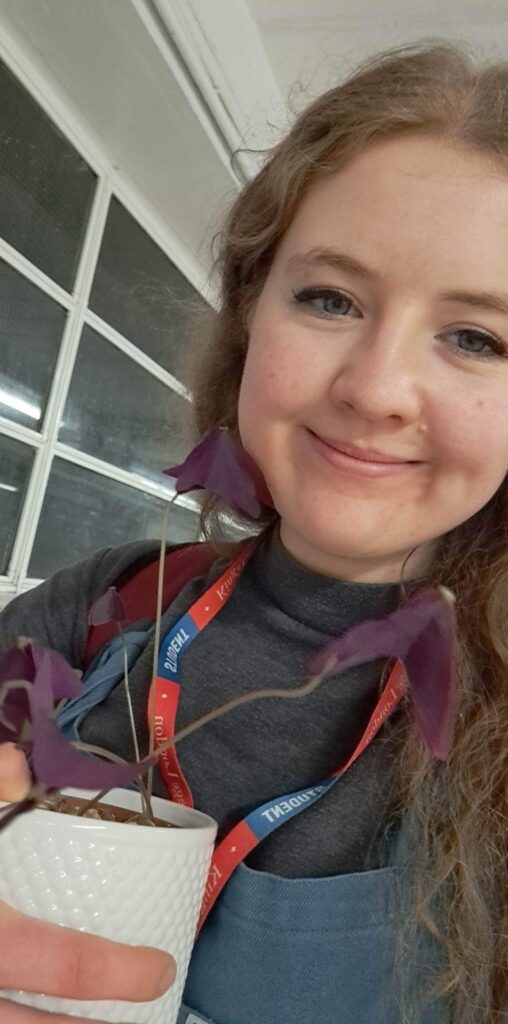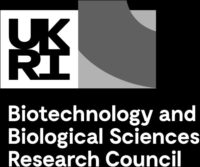Emily is a PhD student at the Grubb lab who loves circuits, all things electrophysiology, and of course – the olfactory bulb!
Her neuroscience journey started in her first year studying Natural Sciences at Cambridge, when, in a Physiology supervision, she learned about electrochemical gradients, the Nernst equation, and membrane potentials. Hooked, she took Neurobiology in her second year, and ended up specialising in Neurobiology for her third, in the department of Physiology, Development and Neuroscience (PDN). It was in this year that she joined the lab of Dr Elisa Galliano – esteemed Grubb lab alumna – for a Covid-era Part II project, in which she was given the task of detecting spontaneous events in a collection of patch-clamp recordings from dopaminergic interneurons, and consequently she fell in love with the patch-clamp technique.
Fascinated by the remarkable capacity of the olfactory system for regeneration, which she learned about whilst studying dopaminergic neurons generated by adult neurogenesis, Emily was led to the lab of Dr Claire Cheetham, where she completed an online internship, allowing her to work with the group based in Pittsburgh very conveniently without the need for transatlantic travel. She worked to analyse GCaMP recordings of responses in immature olfactory sensory neurons (OSNs) to odour stimuli, comparing immature to mature OSNs. You can read all about that here.
Functional imaging was fascinating, but electrophysiology still had her heart, so seeking someone to teach her the ways of patching, she went up to Edinburgh to study for a Masters by Research in Integrative Neuroscience, where Dr Sam Booker of the wider Kind-Wyllie group trained her in the whole-cell patch clamp technique. She worked on corticothalamic circuits in a rat model of SYNGAP1 haploinsufficiency, and was tremendously excited the first time she got to take a recording from a neuron in an acute brain slice.
These two interests – regeneration in the olfactory system and electrophysiology – led her to where she is now, working on her PhD with the amazing Dr Matt Grubb in the Centre for Developmental Neurobiology in King’s College London! She’s working on the role of excitatory interneurons in regeneration, in olfactory bulb and spinal cord, using the patch clamp technique to study what happens to circuits during the process of regenerative recovery. The regeneration project in the Grubb lab is still fairly new, but it’s picking up speed, and she’s very excited to see what she and her colleagues might find.
In her spare time, Emily likes to take care of her plants, and pet Lenny, the black-and-white cat that is often found roaming Guy’s campus!





